Soursop, the fruit of the Annona muricata broadleaf evergreen, is a popular treat in Central and South America. The tree is native to the Americas, but is cultivated in tropical climates around the world today.
Soursop can be eaten on its own, but it is more commonly incorporated into beverages, syrups, smoothies, desserts, ice creams and sweets.
The flavor of soursop is quite distinctive, and despite its name, it’s actually a sweet fruit. It is often compared to an apple crossed with a strawberry, but with an underlying sour citrus flavor.
What Is Soursop?
Soursop is a member of the custard apple family, so named because of its creamy mouthfeel, which is akin to a banana or a coconut. The Annona muricata tree can reach 20 feet in height and the fruit it bears is physically imposing.
Soursop can easily weigh 10 to 15 pounds. Oval in shape, this unusual-looking fruit can reach up to a foot a length. Soursop pulp is loaded with potassium, vitamin C and dietary fiber. Unfortunately, it packs a sugary punch. One cup of soursop pulp contains 30 grams of sugar, which is why it should be consumed in moderation.
Soursop Benefits You Should Know About
The sweet soursop pulp is a key ingredient in many tropical desserts, but the leaves of the Annona muricata tree are what interest cancer researchers most. Soursop leaves have been found to contain a wide array of annonaceous acetogenins (AGE). These are a unique class of metabolites derived from long-chain fatty acids and have shown tremendous promise as a natural cancer treatment. AGE can be extracted by boiling the leaves into a tea, which is usually referred to as graviola or paw paw tea.
The unique phytochemical composition of soursop leaves provides other health benefits as well. When applied topically, soursop leaf extract helps enhance wound healing and reduce inflammation. Scientists have attempted to isolate the bioactive compounds of the extract, which has been shown to be effective at reducing the frequency and duration of tonic seizures.
Extracts made from soursop leaves have shown amazing potential, but the fruit itself has much to offer as well. Researchers have found that the pulp contains the same chemotherapeutic properties as the leaves, seeds, roots and shell. Moreover, even after being frozen for a year, the pulp retains the powerful cancer-fighting acetogenins.
The fruity pulp also packs a serious nutritional punch. Soursop is rich in antioxidant compounds, which keep free radicals in check and help fight inflammation. An in vivo study found that this amazing fruit possesses anti-arthritic properties. Delicious soursop also is laden with vitamin C, vitamin E, zinc and beta carotene. This potent combination can potentially protect you from eye disease and promote vision health.
Soursop Substitutes
Soursop is not widely available, but there are several alternatives. Cherimoya, described by Mark Twain as “the most delicious fruit known to man,” is another member of the custard apple family. The fruit itself is smaller than soursop, but has a similar nutritional profile. Unfortunately, cherimoya does not appear to possess the same cancer-fighting properties as soursop. A study searching for soursop alternatives reported that cherimoya did not demonstrate acetogenin bioactivity.
If you do not have access to soursop or cherimoya, a mixture of equal parts strawberries, bananas and pineapple can serve as a viable replacement.
Studies Support Soursop’s Uses for Agriculture and Health
Researchers have confirmed that soursop can effectively combat parasites, tumors and a wide range of common health complaints. In tropical Africa, soursop is used to help treat coughs, pain and skin disease. A 2015 hypertension study found that a tea made from soursop leaves decreased blood pressure without adversely affecting heart rate.
Soursop leaves are perhaps most famous for their cancer-fighting potential. A groundbreaking study published in the journal Cancer Letters examined how pancreatic cancer (PC), which is notoriously difficult to treat, responded to soursop leaf extract in vitro.
The results were quite impressive. Soursop, referred to by the common name of graviola in the study, killed PC cells by inhibiting their cellular metabolism. The study concluded that “Graviola extract inhibited multiple signaling pathways that regulate metabolism, cell cycle, survival, and metastatic properties in PC cells.”
A tea brewed from soursop leaves was shown to be effective at killing parasitic larvae and their eggs. Soursop tea was also shown to be effective against debilitating protozoal infections. This could be an important breakthrough, as pharmaceutical treatments have become less effective due to antibiotic resistance and can have a negative impact on your health.
Extracts made from soursop seeds can also act as a potent botanical insecticide. It is especially useful on smaller scale farms and can be used to protect grains from weevil infestation. The larvae of the Aedes aegypti mosquito, the primary vector of dengue, are vulnerable to soursop seed extract. It also can kill fruit flies and other insects. In a world awash in pesticides, this potential use merits further study.
Extracts derived from Annona muricata leaves are a traditional treatment for malaria, and research has confirmed the wisdom of this practice. In Ghana, soursop is also utilized as a treatment for jaundice. Studies have shown that this powerful plant not only protects the liver, but can potentially restore function as well. It has shown particular promise in reversing liver damage from acetaminophen.
How to Eat Soursop
The soursop fruit’s green leathery skin is covered in small thorns, but you’ll find that it’s surprisingly tender. Despite its somewhat severe appearance, with a few well-placed cuts, soursop can be peeled with little effort. The pulp is fibrous, milky white and contains distinctive black seeds, while the skin is bitter. I advise you, however, to remove the mildly toxic seeds before eating.
Soursop can be eaten with a spoon, but it is often used as a blended ingredient. You can extract soursop juice by pressing the deseeded pulp through a sieve, colander or cheesecloth.
Soursop Nutrition Facts
The United States Department of Agriculture National Nutrient Database estimates that 1 cup of raw soursop contains over 30 grams of sugar and 7 grams of dietary fiber. Soursop contains very little fat but is loaded with potassium. The table below provides more information on the basic nutritional profile of soursop:
Soursop Nutrition FactsServing Size: 1 cup — (225 g), raw |
||
| Amt. Per Serving |
% Daily Value* |
|
| Calories | 148 kcal | |
| Calories from Fat | 5.6 | |
| Total Fat | 0.7 g | 1% |
| Saturated Fat | 0.1 g | 1% |
| Trans Fat | ||
| Cholesterol | 0 mg | 0 % |
| Sodium | 31.5 mg | 1% |
| Total Carbohydrates | 37.9 g | 13% |
| Dietary Fiber | 7.4 g | 30% |
| Sugar | 30.5 g | |
| Protein | 2.3 g | 5% |
| Vitamin A0% | Vitamin C | 77% |
| Calcium3% | Iron | 8% |
*Percent Daily Values are based on a 2,000 calorie diet. Your daily values may be higher or lower depending on your calorie needs.
Soursop Fun Facts
If you are skeptical of soursop due to its name, you are not alone. In 1951, Professor Clery Salazar, a major proponent of soursop cultivation, suggested that the fruit needed a more appealing name. He felt the other common name at the time, guanabana, was likely to be mispronounced, but he was unable to come up with a good alternative.
The bizarre name is not the only thing keeping soursop off of store shelves — this fruit has a very limited shelf life. Even so, it remains the only member of its genus with commercial applications. Unless you live in the tropics, don’t plan on growing your own soursop. Even a brief frost or freeze can kill the Annona muricata tree. Efforts to cultivate soursop in the United States have had little success and are limited by climate to southern Florida.
In Central and South America, the soursop tree is a fixture on the landscape. The tree can thrive in poor-quality soil and flourishes in low-lying areas. In some regions, soursop is considered an invasive species. This may change as more people become aware of soursop’s extraordinary and unique disease-fighting potential.
A Soursop by Any Other Name Would Still Taste as Sweet
Soursop is most often used as an ingredient in sweets, but the leaves contain the highest concentrations of the potentially cancer-fighting annonaceous acetogenins. However, teas and solutions made from soursop leaves are extremely potent and can interfere with any medications you may be taking. Concerns have been raised about the toxicity of extracts derived from the leaves of this amazing plant, so if you intend to use a soursop extract, please consult with a health professional first.
Frequently Asked Questions (FAQs) About Soursop
Q: What does soursop taste like?
A: The name soursop is deceiving because it is not sour or acidic like a lemon or a lime. The flavor is often compared to a mixture of pineapple and strawberry or apple and strawberry with an underlying citrus flavor.
Q: What is soursop used for?
A: The dried leaves of the soursop tree are used to make tea. Often sold under the name graviola, the tea has been the subject of extensive research due to its potential as a natural cancer alternative. The pulp of the soursop fruit can be eaten fresh or incorporated as an ingredient. The juice is concentrated and canned to extend the shelf life.
Q: Where can I purchase soursop?
A: If you live in a tropical area, chances are that raw soursop is available locally. In colder climates, soursop is more of a rarity. Unless you want to pay a premium or have it shipped, you may be limited to frozen, vacuum-sealed or concentrated soursop pulp. Leaves can be dried and are more far durable, and can be made into teas.

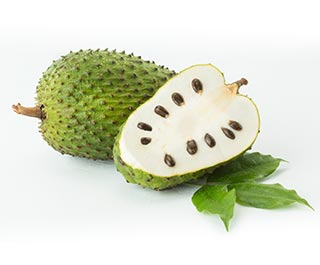
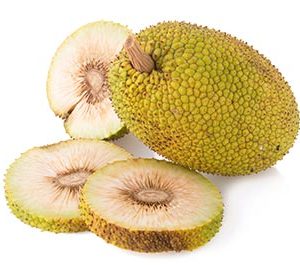
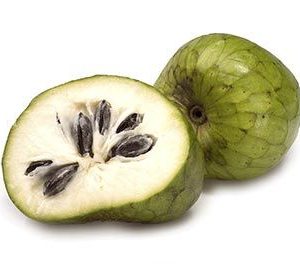

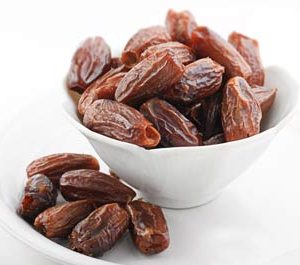
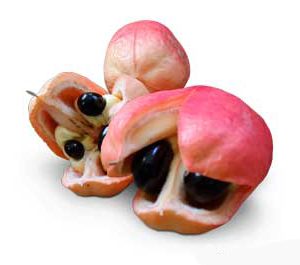
Reviews
There are no reviews yet.